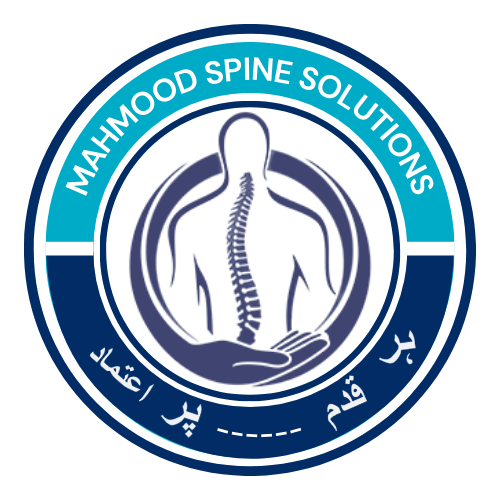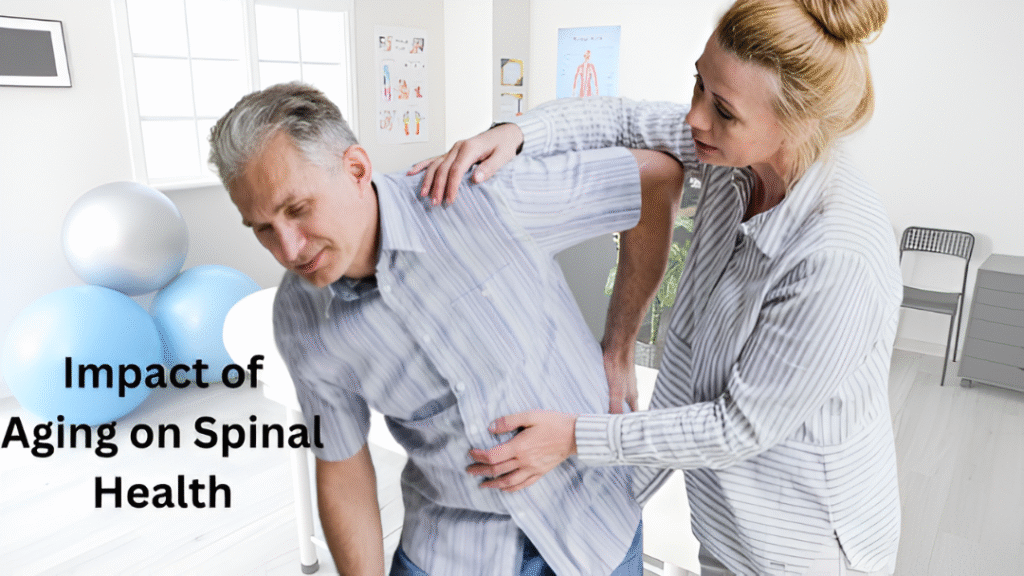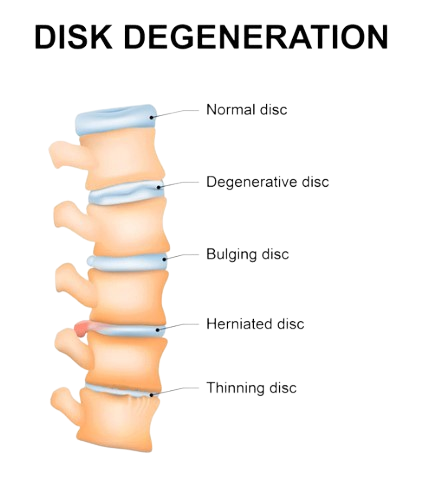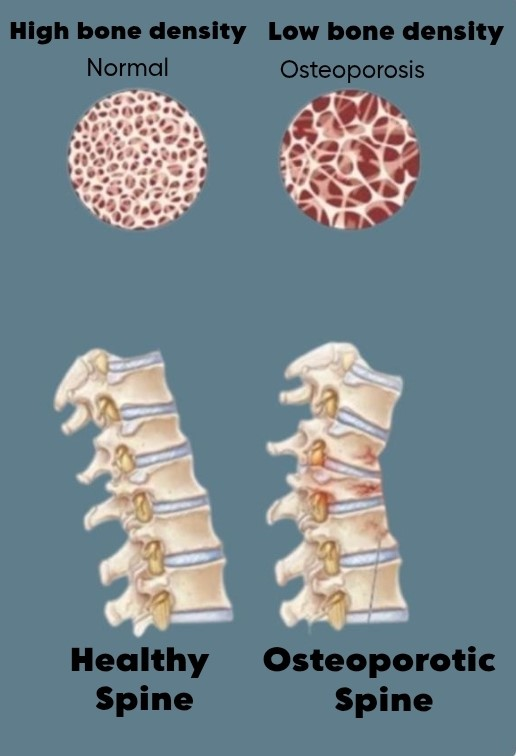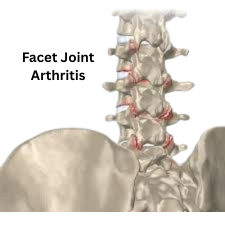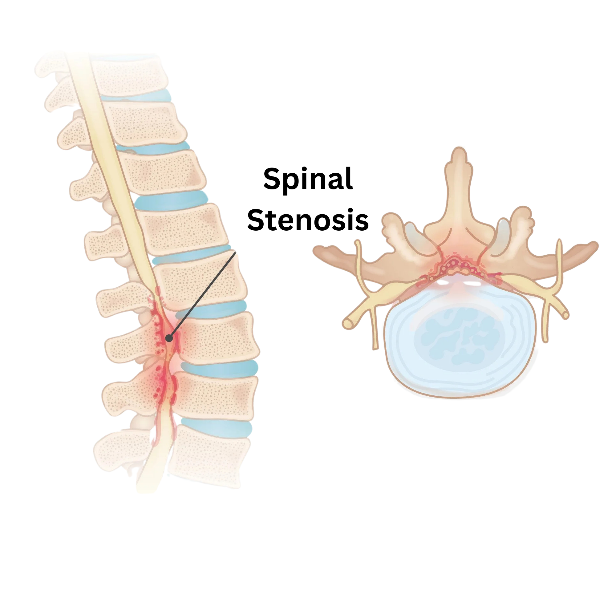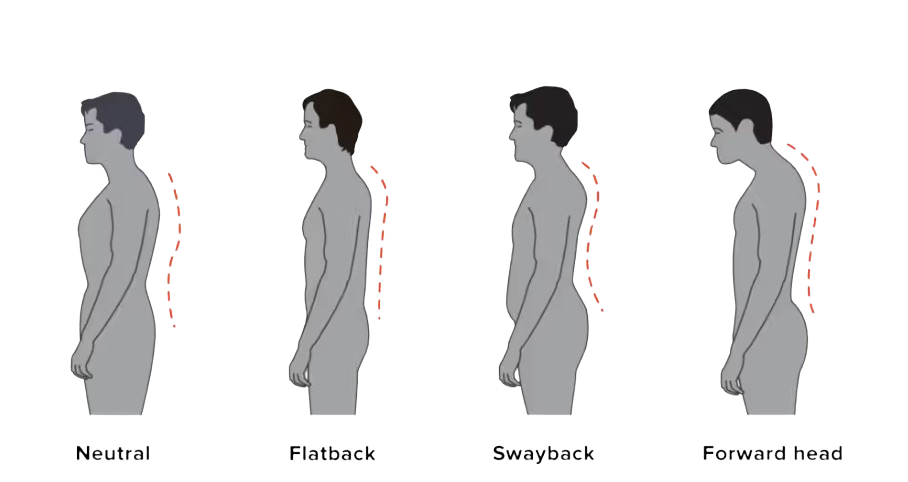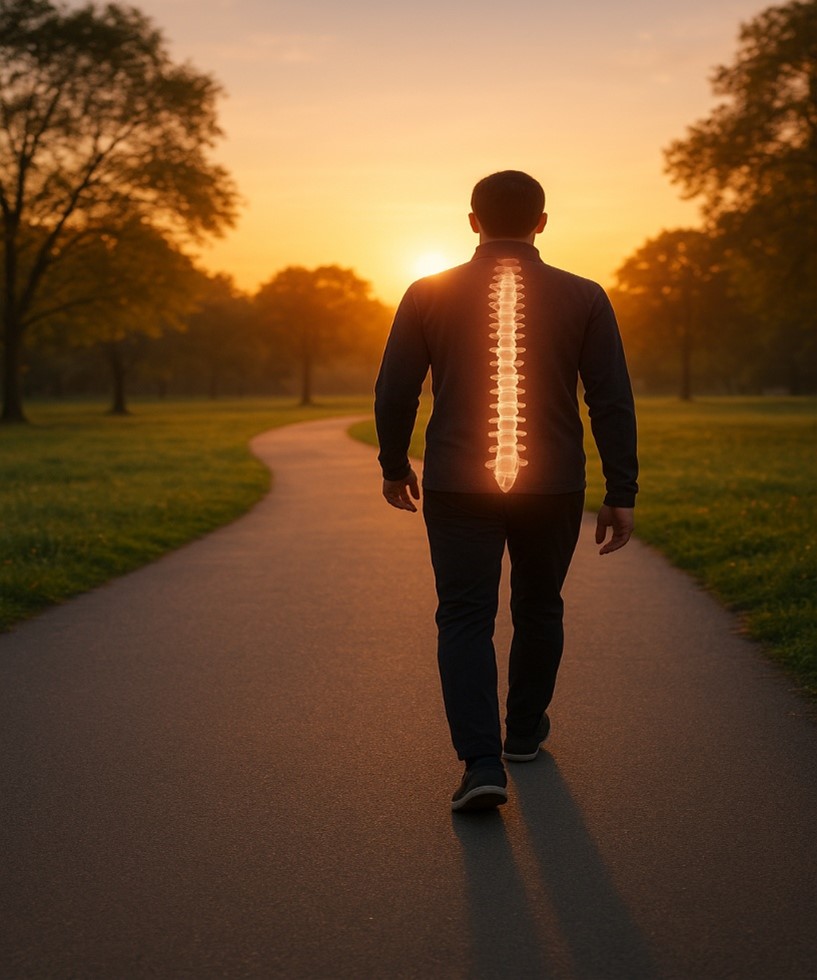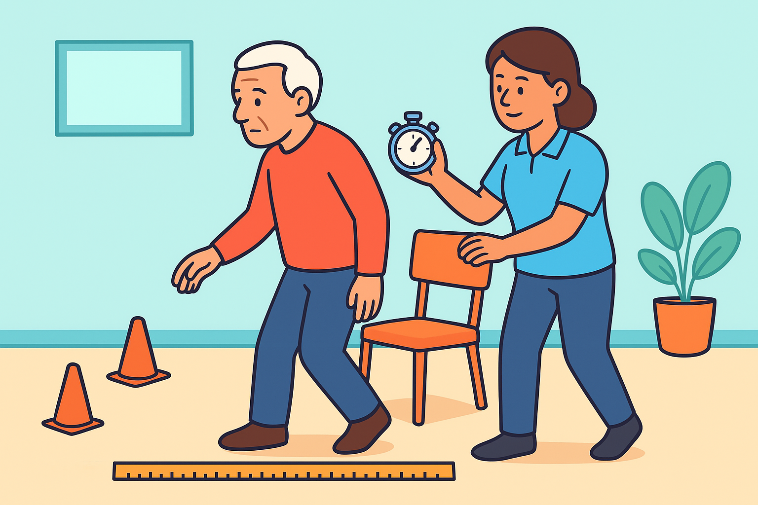The impact of aging on spinal health is marked by gradual anatomical and physiological changes throughout the body, especially the spine. This complex structure of bones, discs, joints, ligaments, and muscles undergoes natural wear and tear over time, affecting spinal stability, flexibility, and overall function.
Intervertebral Disc Degeneration:
What happens?
Intervertebral discs, made of a gel-like nucleus and fibrous outer ring, serve as cushions between vertebrae. With age, these discs lose water content (disc dehydration), become thinner, and less flexible.
Consequences:
This reduces shock-absorbing capacity, leads to loss of disc height, contributes to spinal stiffness, and increases the risk of disc bulge or herniation.
Decreased Bone Density:
What happens?
Bone mass peaks in early adulthood and gradually declines with age. Osteopenia (mild bone loss) or osteoporosis (severe bone loss) makes vertebrae brittle and prone to fractures.
Consequences:
Compression fractures can occur, particularly in the thoracic spine, leading to height loss, kyphosis (hunched posture), and chronic back pain.
Facet Joint Osteoarthritis:
What happens?
Facet joints, the small stabilizing joints at the back of the spine, undergo cartilage degeneration and bony overgrowth (osteophyte formation) with aging.
Consequences:
This leads to joint inflammation, stiffness, localized back pain, and reduced range of motion.
Spinal Stenosis:
What happens?
Degenerative changes, including thickened ligaments, disc protrusions, and bony overgrowths, can narrow the spinal canal (central or foraminal stenosis).
Consequences:
Compression of the spinal cord or nerve roots can cause back pain, leg pain, numbness, tingling, or weakness, often worsening with walking (neurogenic claudication).
Postural and Structural Changes:
What happens?
Muscle weakening, vertebral deformities, and ligament laxity contribute to alterations in spinal alignment.
Consequences:
Common age-related postural changes include kyphosis (rounded upper back), loss of lumbar lordosis (flattening of the lower back curve), and a forward-shifted head posture. These changes can affect balance and increase fall risk.
Tips for Maintaining a Healthy Spine as You Age:
Proactive steps can help slow spinal degeneration, prevent pain, and preserve function. Here’s a detailed guide:
Stay Physically Active:
- Regular, low-impact activities like walking, swimming, cycling, and yoga keep spinal muscles strong, maintain flexibility, and improve circulation.
- Strength training, under guidance, can help counteract muscle loss (sarcopenia).
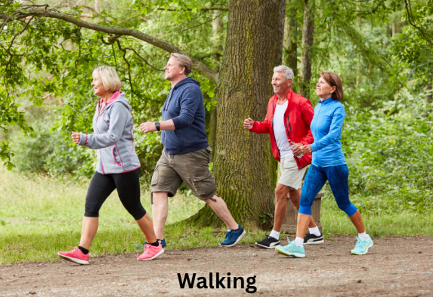
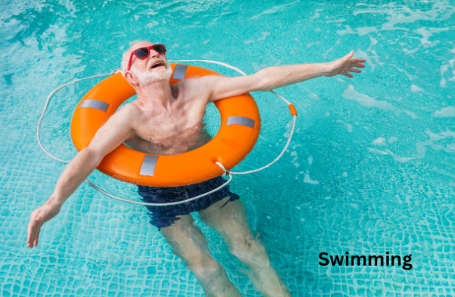
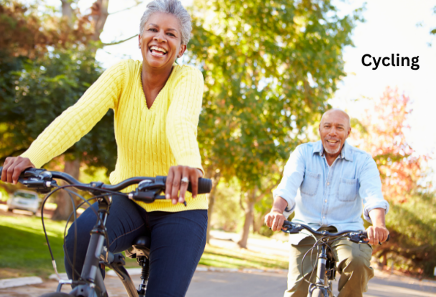
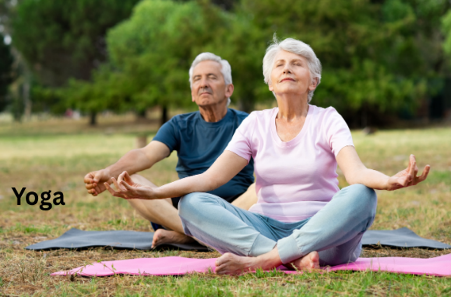
Strengthen Core and Back Muscles:
- A strong core supports spinal alignment and reduces load on the vertebrae and discs.
- Exercises like gentle planks, pelvic tilts, bird-dogs, and back extensions are beneficial when performed correctly.

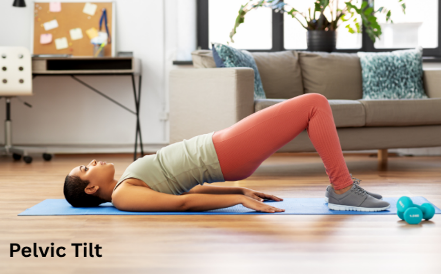
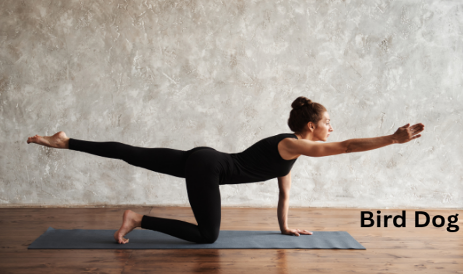
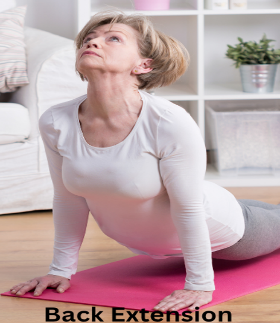
Prioritize Nutrition for Bone Health:
- Ensure adequate calcium (1,000–1,200 mg/day) and vitamin D (600–800 IU/day), sourced from dairy, leafy greens, fortified foods, or supplements if necessary.
- Protein intake is important to support muscle mass, while antioxidants from fruits and vegetables help reduce inflammation.

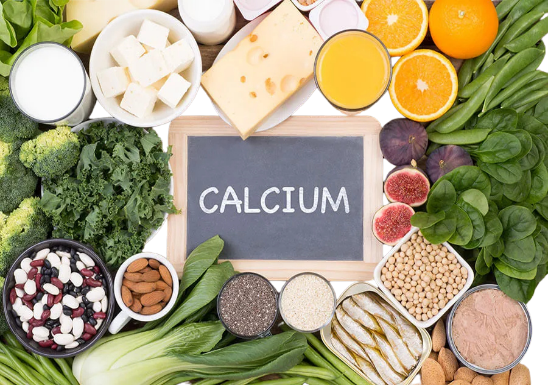
Maintain a Healthy Body Weight:
- Excess weight, especially central obesity, increases mechanical stress on the lumbar spine and accelerates disc degeneration.
- Weight management reduces the risk of back pain and joint strain.
Practice Good Posture:
- Be conscious of posture while sitting, standing, and lifting. Use chairs that support the lower back. When standing, distribute weight evenly on both feet.
- When lifting, bend at the knees and hips, not the waist, and keep objects close to the body.
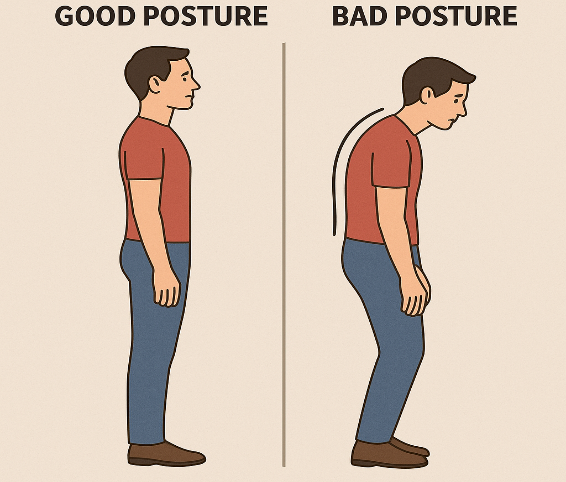
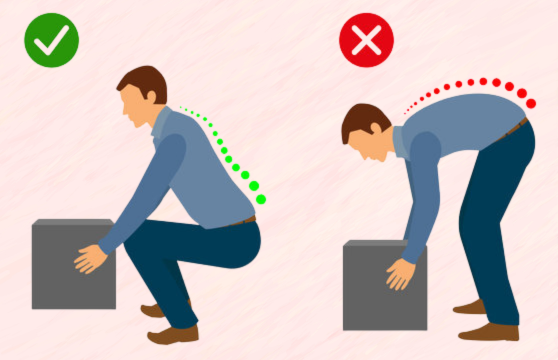
Avoid Smoking:
- Smoking reduces blood supply to spinal discs, accelerates disc degeneration, and impairs bone healing.
- Quitting smoking supports overall spinal and musculoskeletal health.
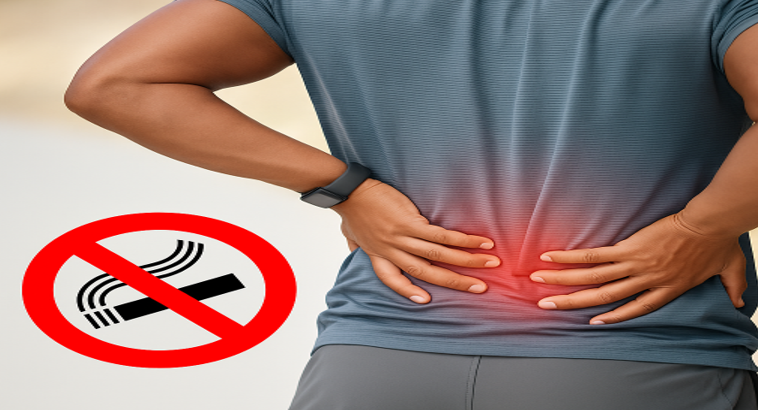
Choose Supportive Sleep Surfaces:
- A medium-firm mattress often provides the best spinal support.
- The pillow should maintain neck alignment in line with the spine.
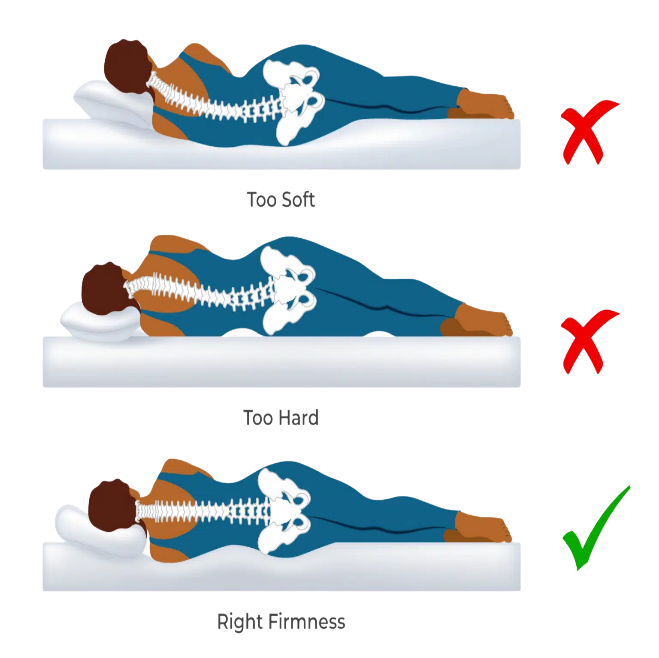
Get Regular Health Screenings:
- Bone density testing (DEXA scan) is recommended, especially for women over 65 and men over 70, or earlier in high-risk individuals.
- Early detection of osteoporosis allows timely intervention with medications and lifestyle changes.
Prevent Falls:
- Since spinal fractures are often the result of falls, adopt fall-prevention measures: wear proper footwear, ensure good lighting at home, and consider balance-training exercises.
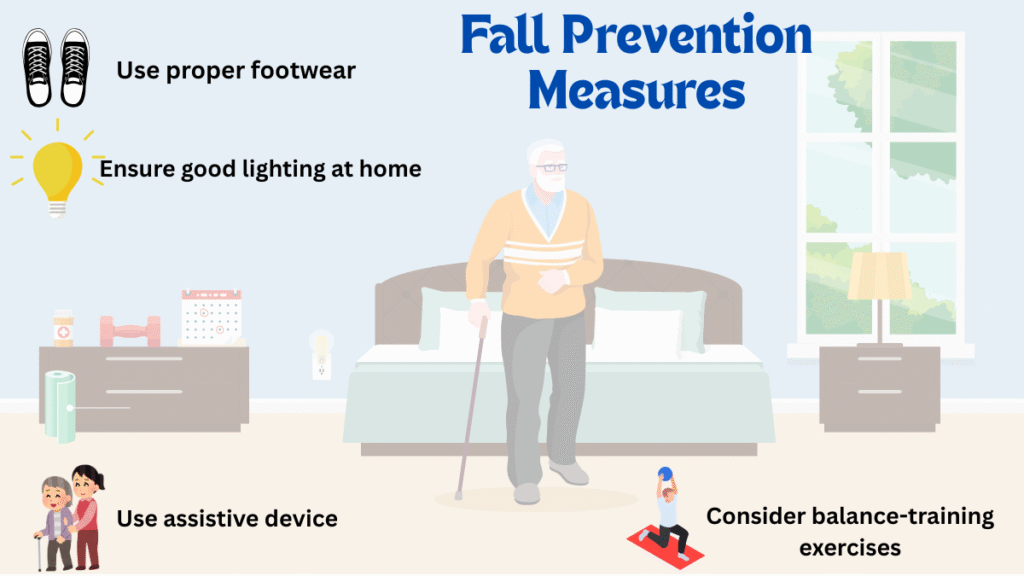
Conclusion:
The aging spine naturally undergoes changes that can affect function, posture, and quality of life. However, by staying active, protecting bone health, maintaining good posture, and addressing risk factors such as smoking or excess weight, individuals can greatly reduce their risk of spinal problems and preserve spinal health well into old age.
About Authors
Dr. Muhammad Mahmood Ahmad is a Spinal as well as an Orthopedic Surgeon with over 14 years of experience currently practicing at Razia Saeed Hospital, Multan.
